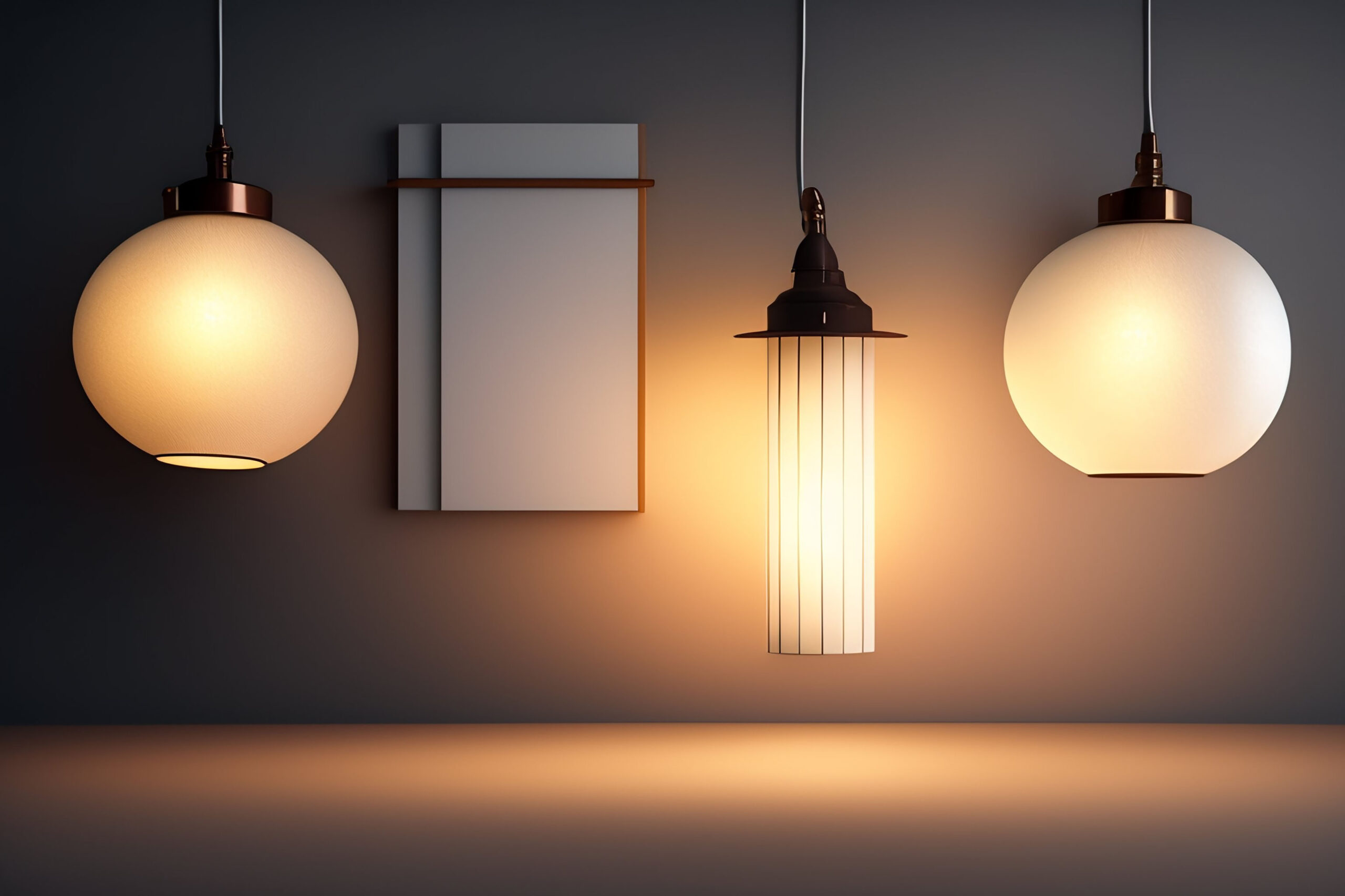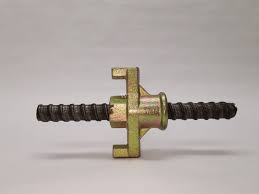10 Tips for Saving Energy & Costs with LED Lighting
In today’s environmentally conscious world, energy-saving initiatives have become a top priority for both households and businesses. Not only do they help reduce carbon footprints, but they also significantly cut down on utility costs.
Among the most effective ways to save energy is through the use of LED lighting. This modern marvel of lighting technology has taken the spotlight for its efficiency and longevity.
In this post, we’ll explore how you can maximize energy savings and cost reductions using LED lighting, and why it’s becoming increasingly popular.
What Are LED Lights?
LED, or Light Emitting Diode, lights are a type of energy-efficient lighting technology. Unlike traditional incandescent bulbs that produce light by heating a filament, LEDs generate light through an electrical current that passes through a semiconductor.
This process results in minimal heat production and a high light output, making LEDs far more efficient than their counterparts.
LED lights are known for their long lifespan and durability. While an incandescent bulb may last around 1,200 hours, an LED can shine brightly for up to 50,000 hours.
The technology behind LEDs allows them to consume considerably less power while producing the same amount of light as traditional options, thus offering substantial energy savings.
Choosing energy-efficient lighting like LED lights has become crucial for anyone looking to reduce energy consumption. Compared to CFLs (Compact Fluorescent Lamps) and halogen lights, LEDs are the clear winner in terms of efficiency and sustainability.

10 Tips for Saving Energy & Costs
1. Choose the Right LED Light
Selecting the right LED light for your space is essential to maximize energy savings. Focus on the purpose of each room and the activities it hosts. For example, a kitchen may require brighter lighting than a bedroom, which benefits from a softer, more ambient glow.
When choosing LEDs, pay attention to wattage and lumens. Wattage indicates the energy consumption of the bulb, while lumens measure brightness. Opt for a lower wattage with higher lumens for energy efficiency without sacrificing illumination.
It’s also important to consider the color temperature of the LED. Measured in Kelvin (K), color temperature affects the mood of a room. Warmer tones (around 2700K-3000K) are suitable for relaxing spaces, while cooler tones (4000K-5000K) work well in task-oriented areas like offices and kitchens.
2. Utilize Dimmable LED Lights
Dimmable LED lights offer a versatile solution for adjusting brightness levels according to your needs. By dimming lights when full brightness isn’t necessary, you can significantly reduce energy consumption.
Consider installing dimmable LEDs in areas like living rooms, dining rooms, and bedrooms. These spaces often benefit from variable lighting that can be adjusted for different activities, such as reading, dining, or watching movies.

Pairing dimmable LEDs with smart lighting systems can enhance energy savings further. Smart systems allow remote control of lighting levels, ensuring no unnecessary power usage and enabling automation based on your schedule.
3. Replace High-Usage Bulbs First
To gain immediate energy savings, focus on replacing bulbs that are used most frequently in your home or business. These are typically found in high-traffic areas like kitchens, hallways, and outdoor lighting fixtures.
Begin by identifying the bulbs that are on for the longest periods throughout the day. Substituting these with LED equivalents can lead to a noticeable decrease in your energy bills.
Outdoor lighting is another area where LEDs excel. They withstand various weather conditions and provide excellent illumination with minimal power consumption. Motion-sensor LEDs are an excellent option for security lighting, activating only when needed.
4. Take Advantage of Smart LED Technology
Smart LED lighting systems offer advanced features that make energy management effortless. These lights can be programmed to turn on or off at specific times, adjust according to daylight levels, or respond to voice commands via smart home devices.
Programmable LEDs provide comfort and convenience, especially for busy individuals or businesses. They ensure lights are never left on unnecessarily, contributing to energy savings and prolonging bulb life.
Remote-controlled LEDs add another layer of convenience. With the ability to control your lights from your smart device, you can manage your lighting even when you’re away from home, preventing any wasted energy.
5. Optimize Natural Light
Making the most of natural light is a simple yet effective strategy to minimize LED usage and save energy. Arranging your furniture and workspaces to capitalize on available daylight reduces the need for artificial lighting during the day.
Consider installing sheer curtains or blinds to diffuse harsh sunlight while maintaining illumination. This allows natural light to brighten your space without overheating.
For workspaces, position desks and seating close to windows to benefit from daylight. Skylights or light tubes can also be installed to bring more natural light into darker areas of your home or office.
6. Use LED Lights in Outdoor Spaces
LEDs are not just for indoor use; they are perfect for outdoor lighting solutions as well. Their energy efficiency and durability make them ideal for gardens, patios, pathways, and security lighting.
Weather-resistant LED bulbs are designed to withstand outdoor elements, ensuring consistent performance throughout the year. Motion-sensor options provide security by illuminating areas only when motion is detected, conserving energy in the process.

The longevity of LEDs means less frequent replacements, reducing maintenance efforts and costs associated with outdoor lighting fixtures.
7. Maintain Your LED Lights
Proper maintenance of your LED lights ensures they operate efficiently for years. Regular cleaning of fixtures and bulbs prevents the accumulation of dust and debris, which can hinder light output.
Pay attention to ventilation around LED fixtures. Overheating can affect performance and lifespan, so ensure proper airflow to keep LEDs cool.
Inspect connections and wiring periodically to avoid any potential issues. If you notice flickering or reduced brightness, it might be time to check for loose connections or replace aging components.
8. Consider LED Retrofit Kits
For those looking to upgrade existing lighting fixtures without a complete overhaul, LED retrofit kits are an excellent option. These kits allow you to convert traditional fixtures into energy-efficient LED setups.
Retrofitting is often more cost-effective than replacing entire fixtures, making it a practical choice for budget-conscious homeowners and businesses. The installation process is usually straightforward, allowing for quick upgrades.
By opting for retrofit kits, you can gradually transition to LED lighting, enjoying the benefits of energy savings without the upfront cost of new fixtures.

9. Leverage Energy Star Certified Products
Energy Star certification is a trusted symbol of energy efficiency and quality. When purchasing LED products, look for the Energy Star label to ensure you’re getting bulbs that meet strict efficiency and performance criteria.
Certified LEDs offer substantial energy savings compared to non-certified products. They undergo rigorous testing to guarantee reliability, longevity, and environmental friendliness.
Choosing Energy Star certified LEDs means you’re investing in products that will deliver long-term savings and contribute to a sustainable future.
10. Explore LED Lights Manufacturing Options
The LED lights manufacturing sector is continuously evolving, with innovations that enhance efficiency and sustainability. By exploring local or sustainable manufacturers, you can support eco-friendly practices and find unique LED solutions tailored to your needs.
Manufacturers dedicated to sustainability often use recyclable materials and implement energy-efficient production processes. Supporting such businesses promotes green initiatives within the industry.
Researching and choosing the right LED manufacturer can lead to more sustainable lighting choices, offering both environmental benefits and potential cost savings.
Conclusion
Switching to LED lighting is a smart choice for anyone looking to save energy and reduce costs. By implementing these tips, you can maximize the benefits of LEDs, creating a more sustainable and economical lighting solution for your home or business. Explore the wide range of LED options and consider making the switch today for a brighter, more efficient future.
FAQs
Do LED lights actually save money?
Yes, LED lights offer significant cost savings over their lifespan. Although the initial purchase price may be higher, their energy efficiency and longevity result in lower utility bills and fewer replacements, offsetting the upfront cost.
How much does it cost to run an LED light for 24 hours?
The cost to run an LED light for 24 hours depends on its wattage and your electricity rate. For example, a 10-watt LED running for 24 hours would use 0.24 kWh. At $0.10 per kWh, it would cost approximately $0.024 per day.
Does an LED light use a lot of electricity?
No, LEDs are among the most efficient lighting options available. They use significantly less electricity than incandescent or CFL bulbs while providing the same level of brightness.
Is there a downside to LED lights?
While LEDs have many advantages, potential downsides include higher initial cost and sensitivity to temperature extremes. However, their long life and energy savings often outweigh these considerations.


